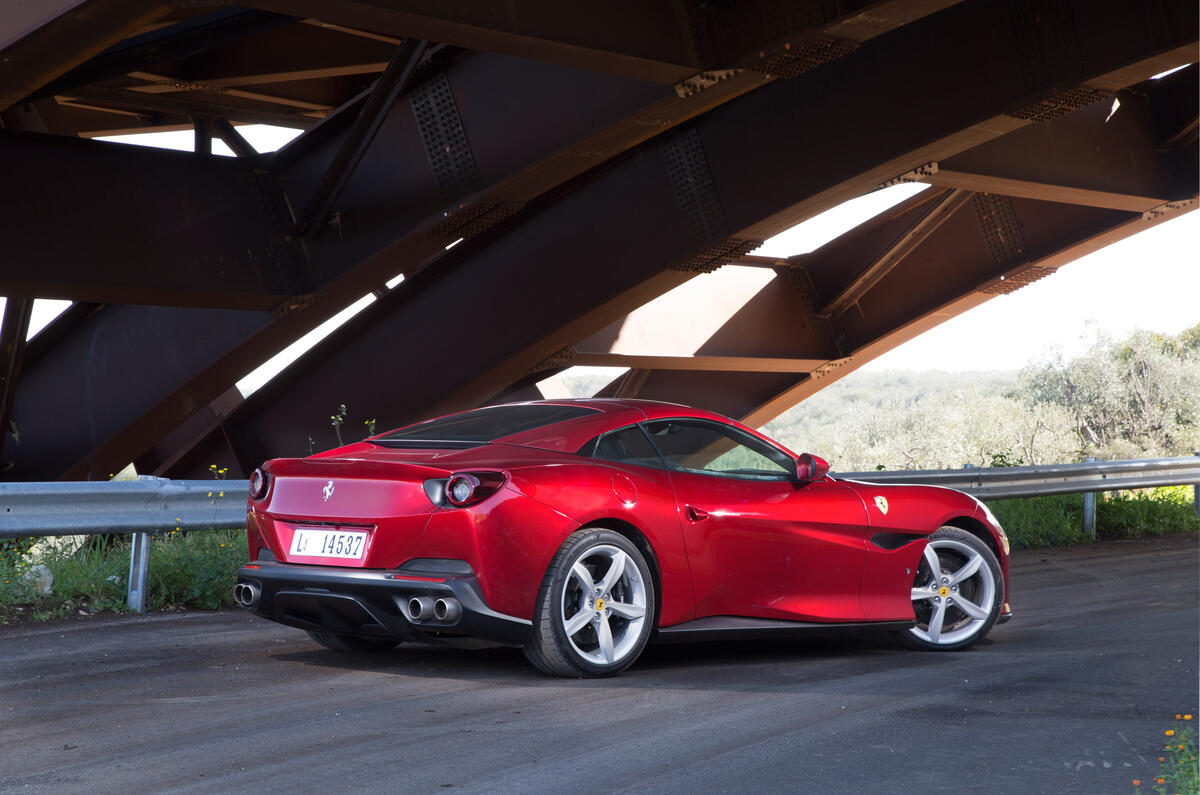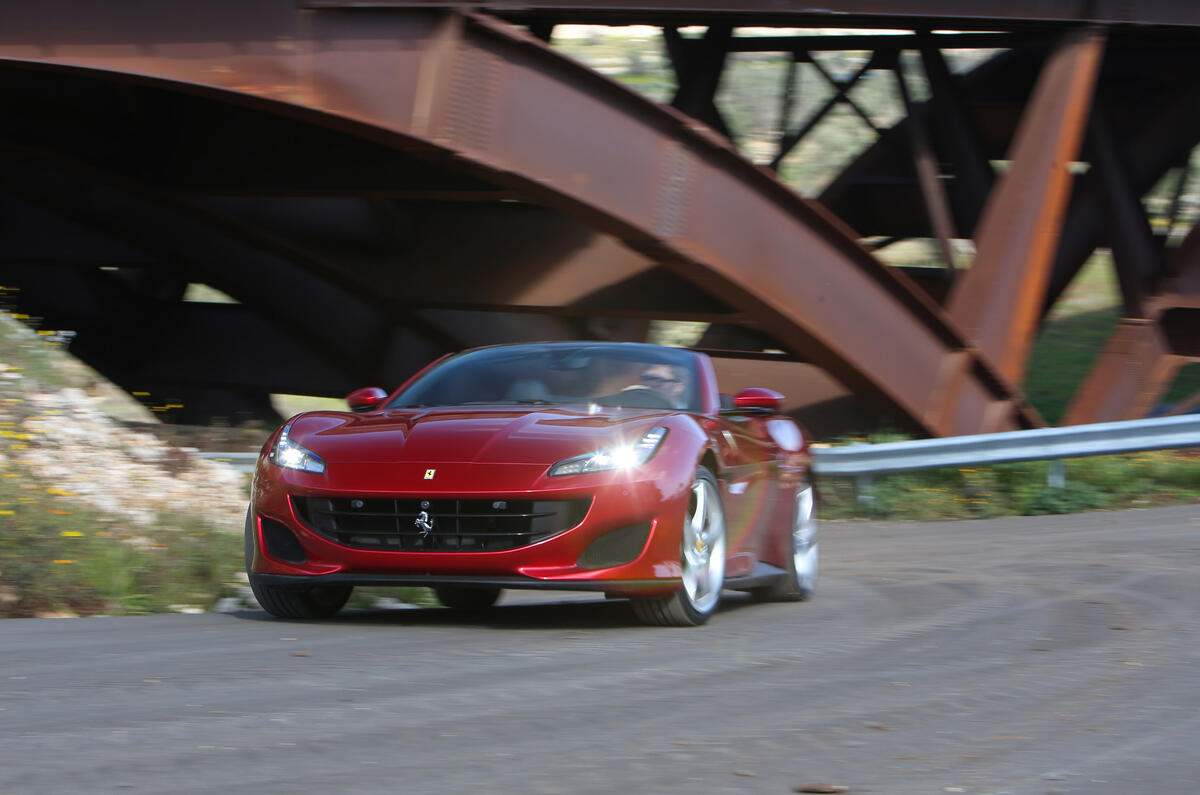When you’ve been making sports cars for as long as Ferrari has – and it was seven decades last year – you’re bound to have become quite good at it. Maranello’s 488 GTB is outrageously ballistic and joyously exciting proof of that.
The company’s pedigree in modern drop-top grand tourers like the new Ferrari Portofino is, shall we say, somewhat less convincing. It introduced the Portofino's predecessor, the original folding hard-top California – its answer to the Mercedes-AMG SL63 and Porsche 911 Turbo cabriolet – ten years ago. But straight away it became clear that The Prancing Horse was dipping an elegant equine ankle into waters that couldn’t even be thought vaguely familiar, even with the existence of likes of the 575M Superamerica and Daytona Spyder nestled deep in its back catalogue.
The task was to reconcile opposing requirements by creating a car with the dynamism and excitement of an authentic Ferrari but also the versatility, refinement and convenience necessary of a car you’d use every day. To do it, also, in something burdened with the added mass and structural compromises of a folding tin-top convertible. Not easy. The company’s main reason for taking on the challenge, meanwhile, was that a really successful effort could probably double the breadth of the base of Ferrari’s sales volume pyramid.
But the California’s story didn’t pan out like that. Although the car was revised, lightened, tweaked and turbocharged through the course of its life, it never quite delivered success on that scale. While it’s very rare indeed for Ferrari’s V8 mid-engined cars not to hit 1000 sales in a calendar year in Europe, the California only cleared that threshold once. Time to take a fresh swing at it, then.





























































